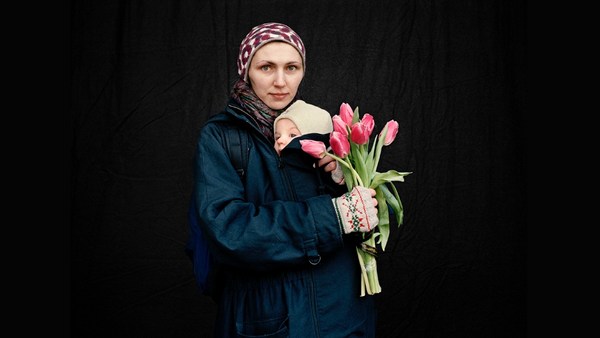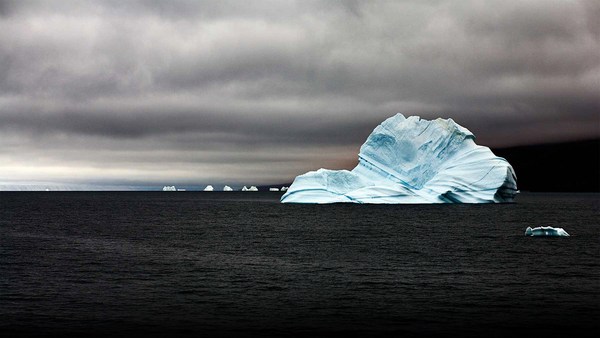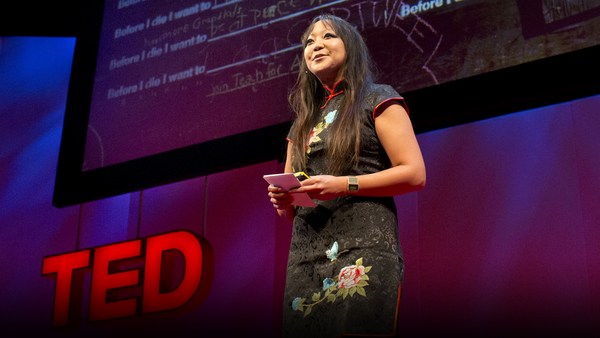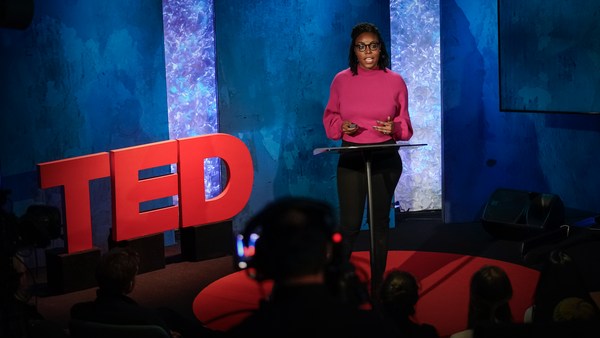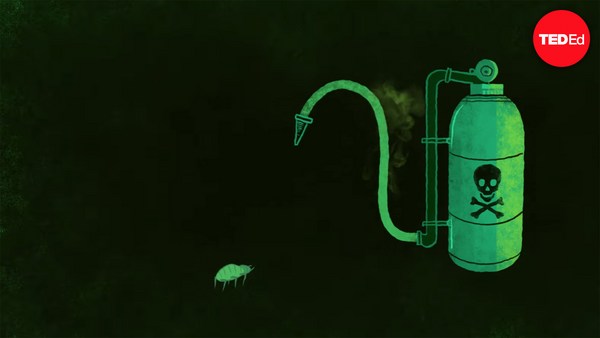Along the ancient path of the Monongahela River, Braddock, Pennsylvania sits in the eastern region of Allegheny County, approximately nine miles outside of Pittsburgh.
An industrial suburb, Braddock is home to Andrew Carnegie's first steel mill, the Edgar Thomson Works. Operating since 1875, it is the last functioning steel mill in the region. For 12 years, I have produced collaborative portraits, still lifes, landscapes and aerial views in order to build a visual archive to address the intersection of the steel industry, the environment, and the health care system's impact on the bodies of my family and community.
The tradition and grand narrative of Braddock is mostly comprised of stories of industrialists and trade unions. Currently, the new narrative about Braddock, a poster child for Rust Belt revitalization, is a story of urban pioneers discovering a new frontier. Mass media has omitted the fact that Braddock is predominantly black. Our existence has been co-opted, silenced and erased.
Fourth generation in a lineage of women, I was raised under the protection and care of Grandma Ruby, off 8th Street at 805 Washington Avenue. She worked as a manager for Goodwill. Mom was a nurse's aid. She watched the steel mills close and white flight to suburban developments. By the time my generation walked the streets, disinvestment at the local, state and federal level, eroded infrastructure, and the War on Drugs dismantled my family and community.
Grandma Ruby's stepfather Gramps was one of few black men to retire from Carnegie's mill with his pension. He worked in high temperatures, tearing down and rebuilding furnaces, cleaning up spilt metal and slag. The history of a place is written on the body and the landscape. Areas of heavy truck traffic, exposure to benzene and atomized metals, risk cancer and lupus. One hundred twenty-three licensed beds, 652 employees, rehabilitation programs decimated. A housing discrimination lawsuit against Allegheny County removed where the projects Talbot Towers once stood. Recent rezoning for more light industry has since appeared. Google Maps and Google Earth pixelations conceal the flammable waste being used to squeeze the Bunn family off their home and land. In 2013, I chartered a helicopter with my cameras to document this aggressive dispossession. In flight, my observation reveals thousands of plastic white bundles owned by a conservation industry that claims it's eco-friendly and recycles millions of tires to preserve people's lives and to improve people's lives.
My work spirals from the micro to the macro level, excavating hidden histories. Recently, at the Seattle Art Museum, Isaac Bunn and I mounted this exhibition, and the exhibition was used as a platform to launch his voice. Through reclamation of our narrative, we will continue to fight historic erasure and socioeconomic inequality.
Thank you.
(Applause)
